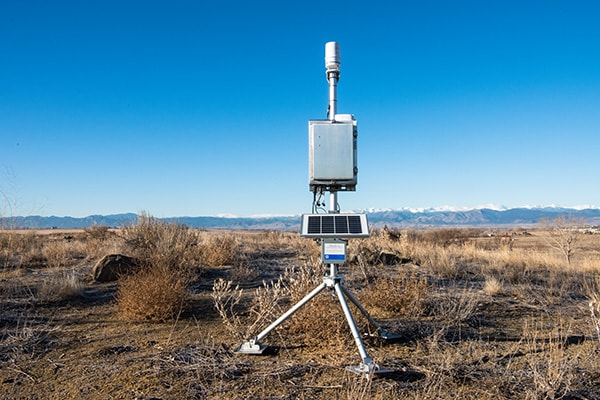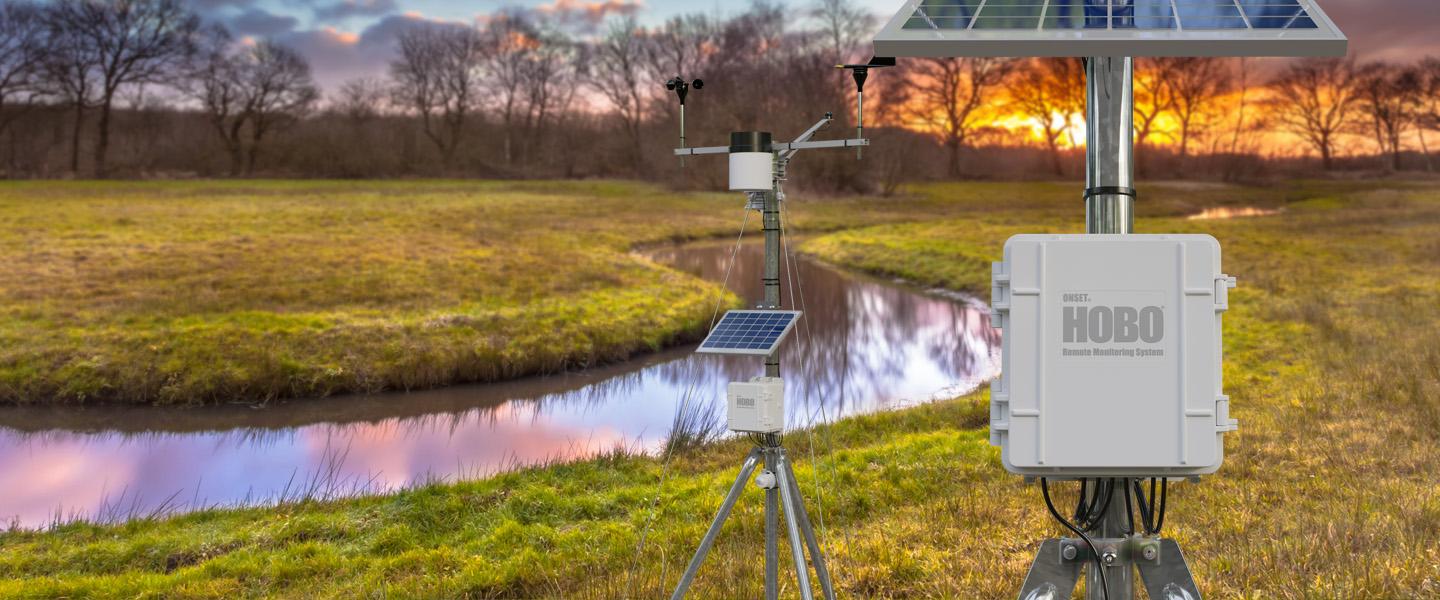Vital Tips for Establishing and Adjusting Your New Weather Stations
Exploring the Different Sorts Of Professional Climate Terminals for Accurate Data Collection
When it comes to picking the proper weather terminal for information collection, the market offers a range of choices tailored to different demands and setups. Let's check out the nuances of these professional climate terminals to understand their unique functionalities and establish the ideal fit for certain information collection needs.
Digital Weather Condition Stations
In the world of meteorological instrumentation, electronic climate stations stand apart as innovative devices for exact data collection and analysis. These innovative stations are equipped with sensing units that catch a wide variety of climate parameters such as temperature, moisture, barometric stress, wind rate, and instructions. The data gathered by digital weather terminals is transmitted wirelessly to a main console or a computer for real-time surveillance and analysis.
Among the key benefits of electronic weather terminals is their ability to give high-resolution data with precision and reliability. This degree of accuracy is critical for different applications, including agriculture, emergency, study, and air travel feedback. Furthermore, digital weather condition terminals frequently include software that allows individuals to envision the information in various layouts like charts and graphs, assisting in less complicated interpretation and decision-making.
Wireless Weather Stations
Structure on the capabilities of digital weather stations, wireless weather stations provide improved benefit and versatility in data transmission and tracking. By making use of wireless modern technology, these climate terminals remove the demand for difficult wired links, enabling simple setup in numerous places. The wireless feature enables real-time data surveillance from remote locations, supplying meteorologists and weather condition lovers with immediate access to vital info.
Wireless weather condition stations typically contain sensing units that collect information on temperature level, humidity, barometric stress, wind speed, and direction. These sensing units wirelessly send the data to a main console or receiver, where it is processed and presented for analysis. Some advanced cordless climate terminals can also connect to the net, allowing customers to access their climate data from another location using smartphones or computers.

Prosumer Climate Stations
What identifies Prosumer Weather Stations from conventional consumer-grade climate terminals? Prosumer Weather Stations bridge the gap between professional-grade and consumer-grade equipment, providing even more advanced functions and higher precision than regular home weather stations. These stations are created for climate enthusiasts, amateur meteorologists, and small companies that require more exact information than what customer models can give.
Prosumer Weather condition Stations usually consist of a wider series of sensors to find determine extra meteorological specifications such as UV index, leaf wetness, and soil moisture. They also often tend to have a greater degree of durability and reliability, making them suitable for long-lasting outdoor use in numerous environmental conditions.


Industrial Weather Terminals
Industrial Weather Stations, likewise known as meteorological surveillance systems, are specialized instruments made for precise and durable weather condition information collection in industrial settings. These terminals are customized to meet the one-of-a-kind demands of industrial operations where precise climate information is critical for safety, performance, and decision-making procedures.
Industrial weather terminals are outfitted with advanced sensors that can determine a wide variety of meteorological specifications such as temperature level, moisture, wind speed and instructions, barometric stress, and rainfall (Weather Stations). These terminals are typically ruggedly constructed to withstand harsh environmental conditions usually located in commercial environments
One secret attribute of commercial weather stations is their ability to supply real-time information surveillance and evaluation. This permits commercial centers to prepare for weather-related threats, maximize procedures based upon weather, and ensure the safety of personnel and tools. In addition, commercial climate terminals can be incorporated right into existing commercial control systems for seamless information administration and automation.
Portable Weather Stations
Unlike fixed commercial weather condition terminals, portable weather terminals supply adaptability and mobility for on-the-go information collection in numerous ecological settings. These compact units are made to be conveniently moved to various places, making them optimal for field research, emergency situation response situations, farming, building sites, and outdoor occasions.
Portable climate terminals usually include sensing units for determining parameters such as temperature level, moisture, barometric pressure, wind speed, and wind instructions. Some advanced versions might official site also include extra sensing units for monitoring rains, solar radiation, and UV levels. Despite their small dimension, mobile weather condition terminals are capable of providing precise and dependable information comparable to that of bigger, taken care of terminals.
One of the crucial benefits of mobile weather stations is their quick implementation and simplicity of arrangement. On the whole, mobile weather stations are indispensable devices for specialists requiring portable, accurate, and timely weather information in diverse settings.
Conclusion
To conclude, expert climate terminals can be found in numerous types such as digital, wireless, prosumer, industrial, and portable. Each kind offers distinct functions and abilities for precise data collection. Choosing the right weather station depends on the particular requirements and demands of the individual. By comprehending the differences between these kinds of climate terminals, people can make educated decisions to ensure they get one of the most trusted and specific weather condition data for their functions.
Structure on the capabilities of digital weather terminals, cordless climate stations use improved convenience and adaptability in information link transmission and surveillance. Some advanced cordless weather terminals can even link to the internet, enabling users to access their weather condition data from another location via mobile phones or computers.
Prosumer Weather condition Stations bridge the void between consumer-grade and professional-grade devices, supplying more sophisticated attributes and higher precision than typical home weather condition terminals. Weather Stations. In general, mobile weather stations are invaluable tools for specialists requiring portable, exact, and prompt weather info in varied settings
By comprehending the differences between these kinds of climate stations, individuals can make educated choices to ensure they get the most accurate and reliable climate information for their objectives.